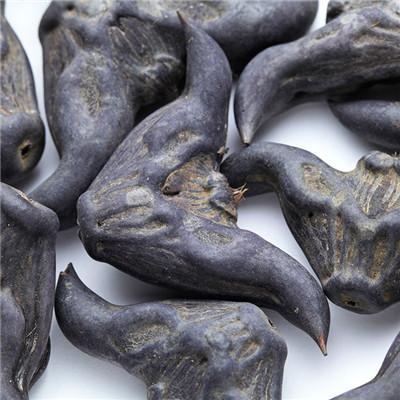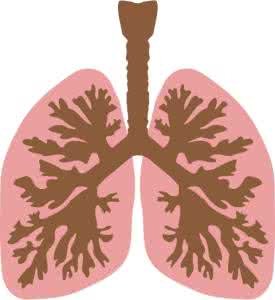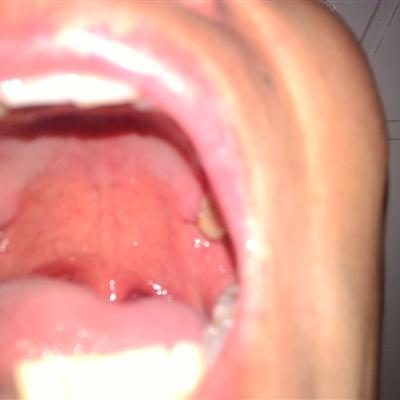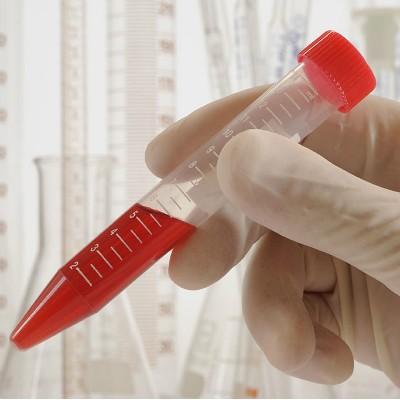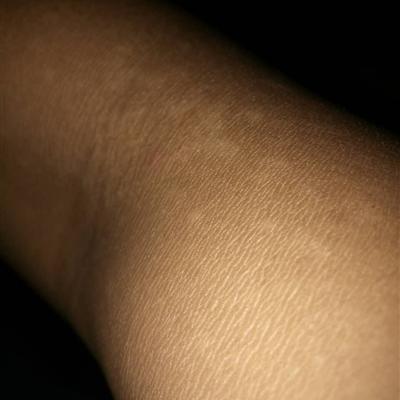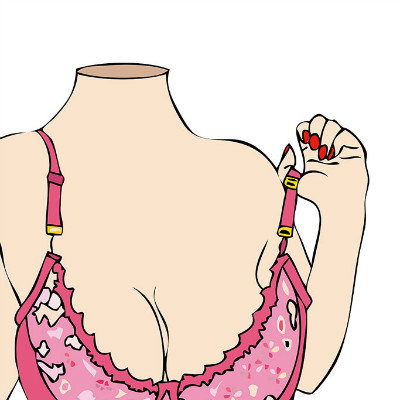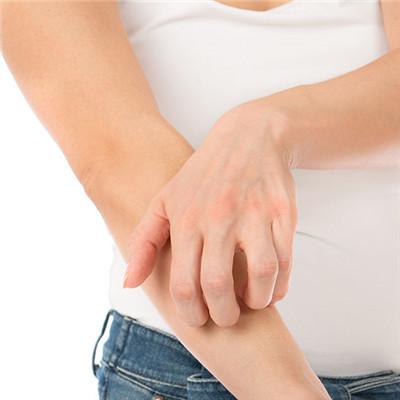How does lumbar intervertebral disc protrusion return a responsibility?
summary
Lumbar disc herniation is one of the most common diseases in our life. If the symptoms are mild, there are few people who really know about this disease. A lot of them are explained by doctors. Today, let me share with you how lumbar disc herniation?.
How does lumbar intervertebral disc protrusion return a responsibility?
First, the human spine is a cumulative structure of lumbar vertebrae, which can support weight, transfer gravity, protect spinal cord, spinal nerve and blood vessels, and participate in a variety of sports. The posterior part of the vertebral body is the vertebral arch, the vertebral body and the vertebral arch form a vertebral foramen, and the upper and lower vertebral foramen overlap to form a vertebral canal. The spinal cord and nerves, which are delicate in texture and important in function, pass through the spinal canal under the package of dural sac and participate in the expression of physiological functions of human body. The lumbar spinous process is called "lumbar spinous process", which is a rectangular flat bone plate. When it stretches horizontally, what we can touch with our hands behind is the lumbar spinous process, sometimes commonly known as abacus beads.
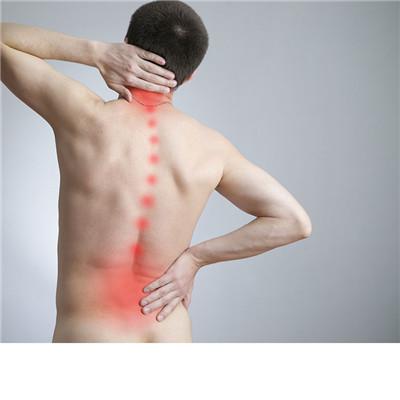
Second: where is the intervertebral disc? Between the two vertebral bodies of the human spine, the fibrocartilage disc connecting the two adjacent vertebral bodies is called "intervertebral disc". The intervertebral disc consists of three parts, which are close to the upper and lower vertebral bodies and directly connected with the vertebral bone tissue. It is a transparent and non vascular cartilage tissue, called "transparent cartilage plate"; Outside a ring of dense tissue called "annulus fibrosus", located around the nucleus pulposus; Then the middle part surrounded by the annulus fibrosus is called "nucleus pulposus", which is a kind of elastic colloidal material.
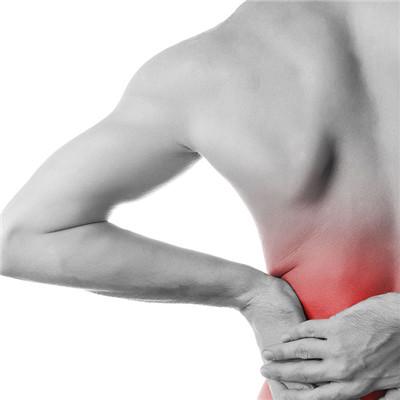
Third: the biggest feature of annulus fibrosus is that it is thicker on the front and both sides, and thinner on the back. Therefore, the inner nucleus pulposus protrudes, it is not easy to protrude forward, it is not easy to protrude outward, most of them are in the posterolateral process. Because the rear is thinner and weaker. The anterior part of the annulus fibrosus is strengthened by a strong "anterior longitudinal ligament", and the posterior "posterior longitudinal ligament" is narrow and thin, which is located in the center of the vertebral body, and the weakest place is the posterolateral part of the intervertebral disc; Therefore, the herniation of nucleus pulposus of intervertebral disc is especially easy to protrude from posterolateral. The posterolateral is the "channel" for the nerves in the spinal canal. Once the nucleus pulposus protrudes, it will compress the nerve root and spinal cord, resulting in lumbar disc herniation. Therefore, the first symptom of lumbar disc herniation is pain, which makes you sweat, and has typical radiation pain, that is, from waist to leg and even to foot. People usually describe it as "over electric" pain and numbness.
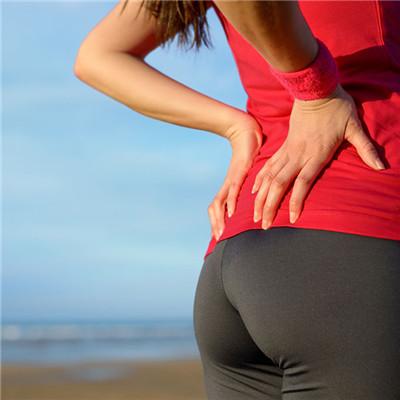
matters needing attention
Tips 1: swing your waist left and right. Stand straight, twist the waist around, do it once a day, more than 50 times each time: it can relieve muscle tension. Tip 2: bend forward. Stand up straight, arms straight, and stretch the waist forward. Once a day, about 10 points for each exercise can enhance the elasticity, flexibility and strength of the waist muscles.

